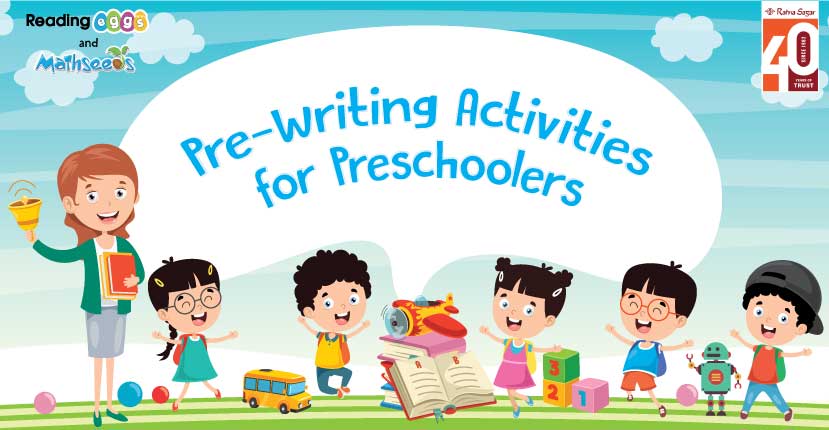Pre-Writing Activities for Preschoolers
Let's take a trip down memory lane, back to the time when we were first learning to write. If that memory seems distant, think of a time when you were learning something new. Learning new things can be challenging and stressful, even if you're genuinely eager to learn. While we wish our minds and bodies could always do what we want, when we want, and how we want, reality doesn't always align that way. Especially when learning something new, things might not go as smoothly as we'd like. If we, as adults, feel this way, imagine what it feels like for preschoolers or kindergarteners trying to understand the process of writing! Many times, we may push children to start writing with a pencil, only to find them reluctant or even frustrated by the activity. However, guiding children through the sensory approach of learning about letters can result in a fun and engaging learning experience that is less stressful. Here are a few activities to make learning to write an enjoyable experience:
Learning Alphabets with Playdough:
Present a set of letters as new shapes to children and ask them to mould these shapes with playdough. Introduce each letter as they create it, helping them learn the alphabet manually. 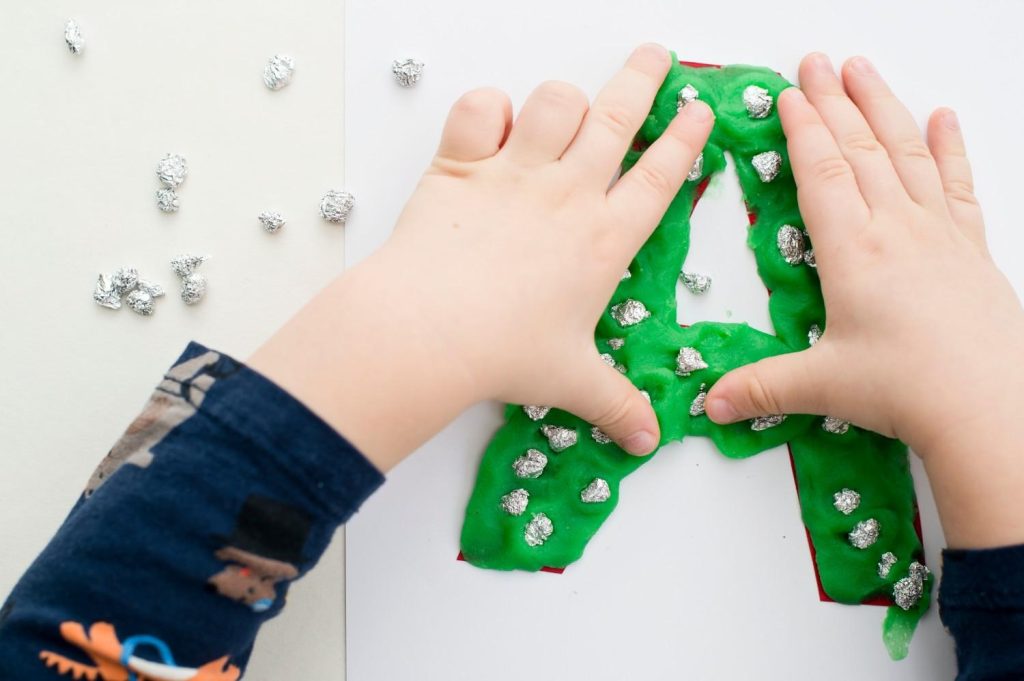
Writing with Watercolour:
Use kid-safe watercolours and drawing paper for this activity. Varying brush sizes, have children practise forming letters using diluted watercolour, exploring blending, gradients, and different pressures. 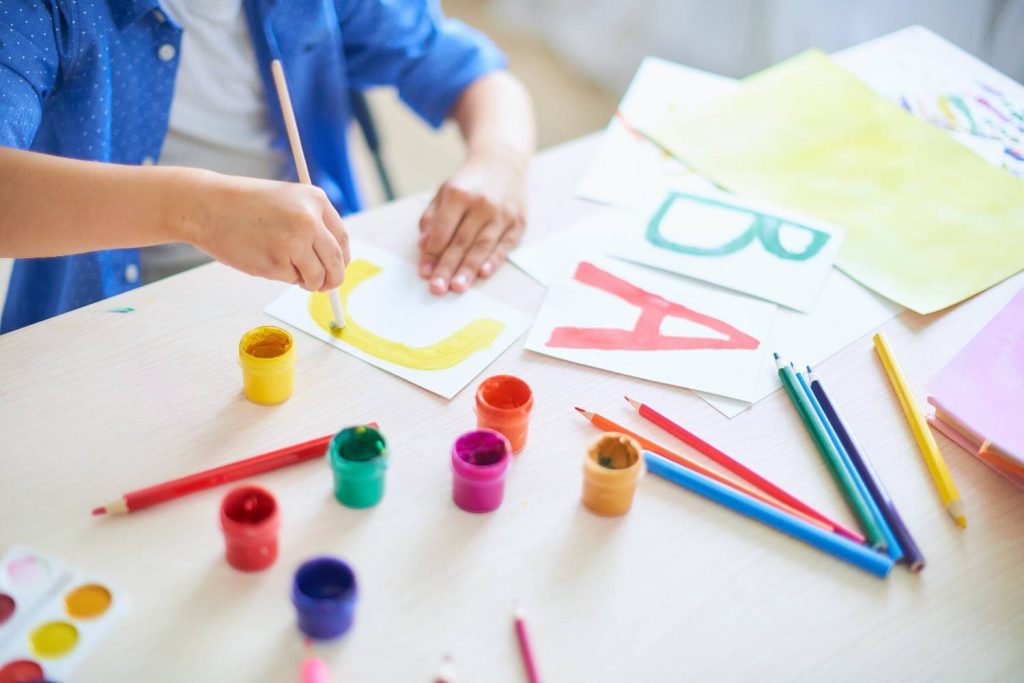
Chalk drawing:
Begin by selecting a smooth chalkboard surface, like a slate. Let the children hold the chalk and start with strokes on the chalkboard. Slowly teach them to draw letters. Experiment with different chalk colours to add vibrancy to their writing. Practice forming letters with varying pressure, creating thick and thin strokes. Utilise the side of the chalk for broader strokes and experiment with blending colours directly on the surface. 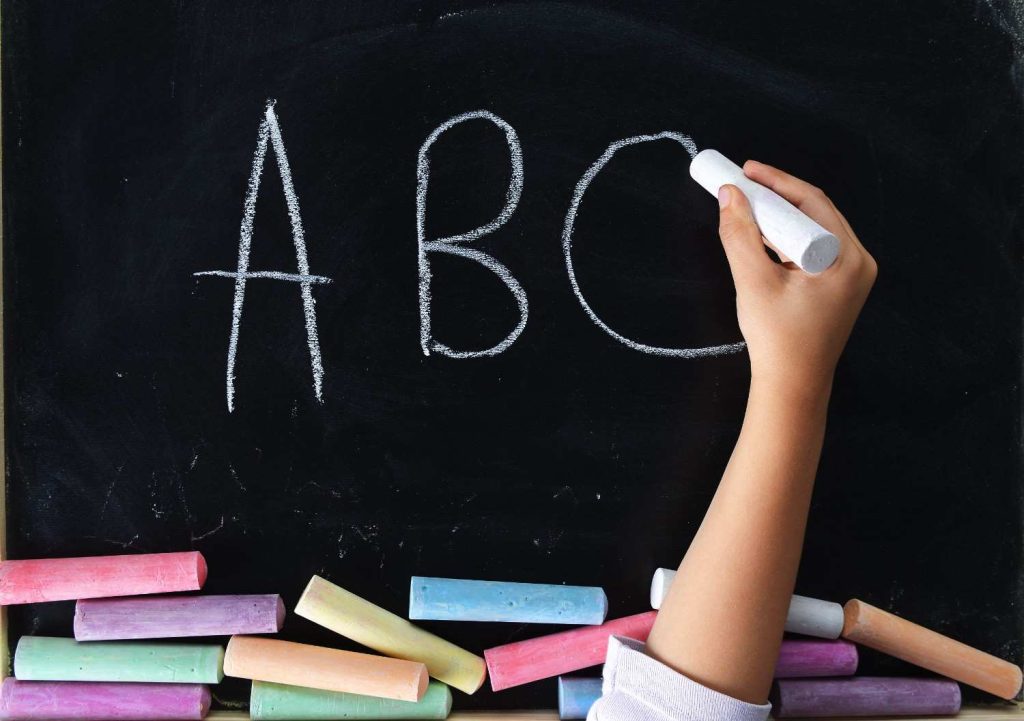
Writing on a Sand Tray:
Give the child a shallow tray filled with smooth sand. Ask them to use their fingers or small tools for writing letters, forming shapes, and even just scribbling directly in the sand. This activity extends beyond mere writing practice; it focuses on letter recognition and formation, associating letters with words or objects. 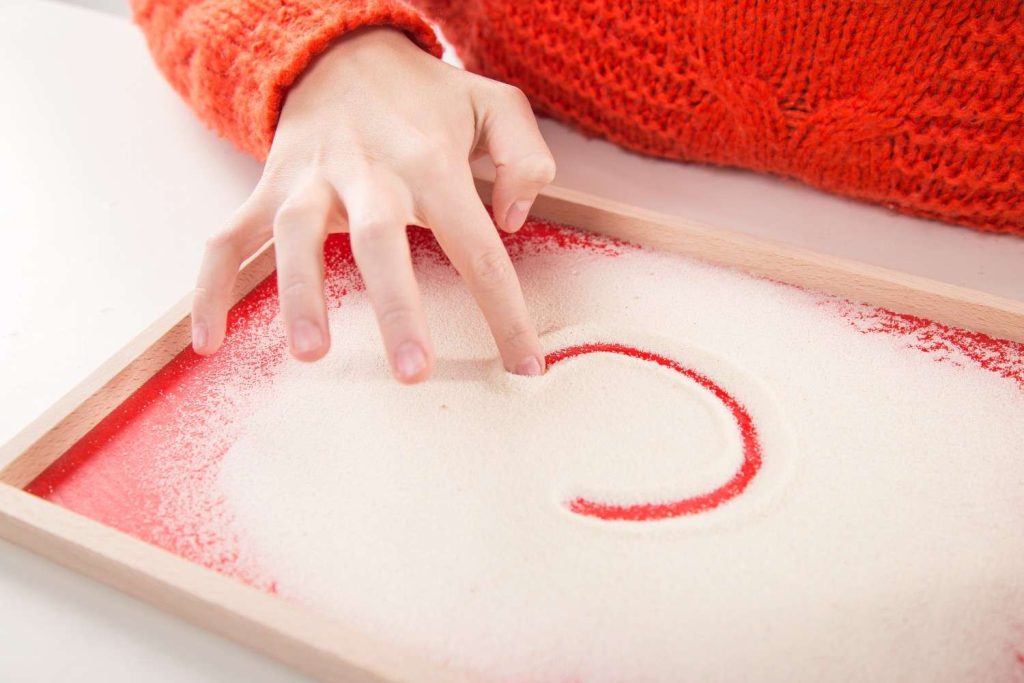
Squishy Bag:
Engage in a playful and sensory writing activity by incorporating squishy bags. Begin by preparing a squishy bag, which can be made by filling a sealable plastic bag with a mixture of hair gel or paint and sealing it tightly. Place the bag on a flat surface and secure it in place with tape. Participants can then use their fingers to write letters, form words, or create drawings directly on the squishy surface. This activity adds a tactile dimension to writing, allowing individuals to feel the resistance and texture of the squishy bag as they manipulate the gel or paint inside.
Trace on Letters:
Dive into a creative and educational journey with children by providing them with a coloured board featuring a prominently drawn letter in the centre. Equip the child with tools like crayons, chalks and paintbrushes to trace over the bold letter, reinforcing the shape and structure of the letter. 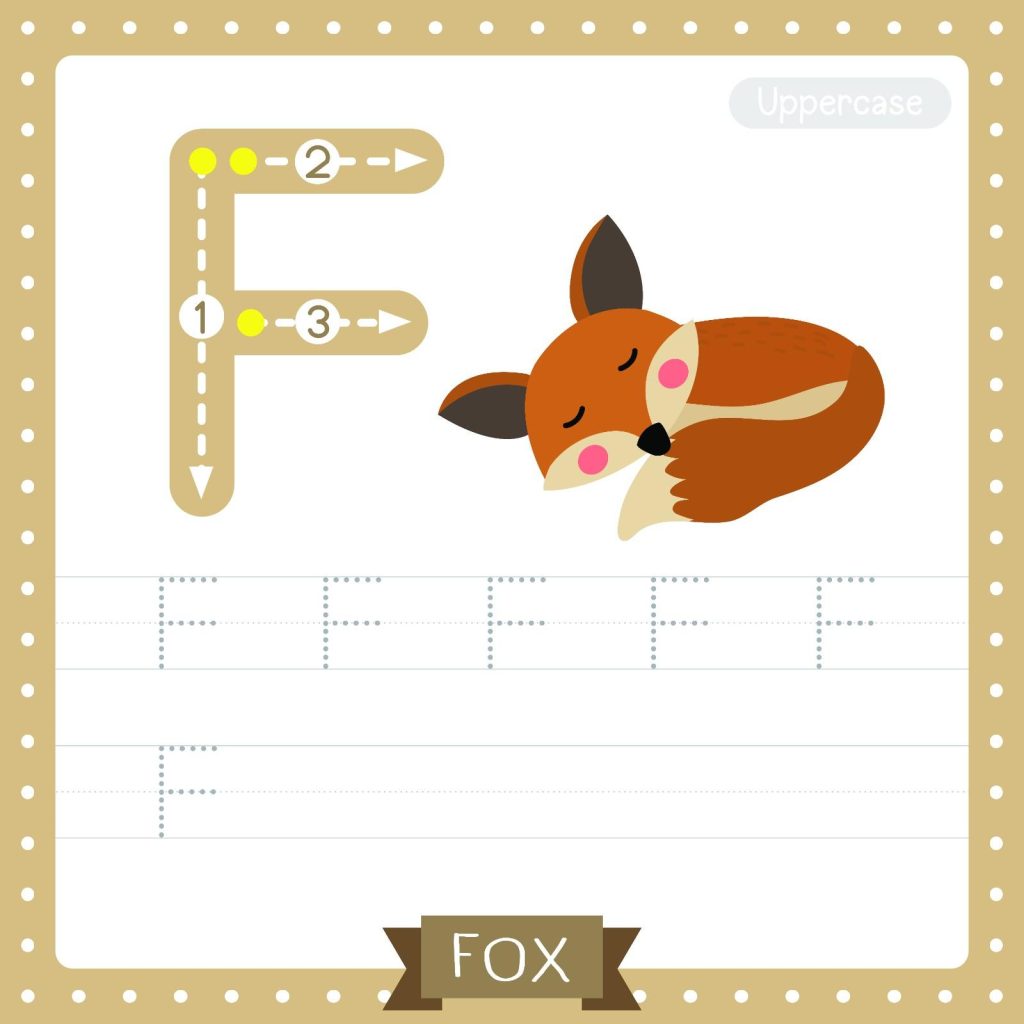 Preschoolers aren't always quite ready to write. Thus, pre-writing activities prepare them for writing. It helps them grasp not only the basics of the alphabet, words, and sentences but also requires advanced motor skills and comprehension. While understanding sentences and their meanings is one skill, translating ideas into letters, words, sentences, and paragraphs is an additional skill set. Pre-writing activities play a crucial role in preparing children for success in both reading and writing throughout their school journey. To get started, it's important to identify the key skills children need to master for effective reading and writing. This includes letter recognition, phonological awareness, vocabulary, reasoning, comprehension, and fluency for reading, while writing adds muscle development, coordination, hand-eye coordination, fine motor skills, and verbal communication. All these skills lay the foundation for designing pre-writing activities in the classroom. To let your child achieve these skills, you can rely on the Reading Eggs and Mathseeds(REaMS) programme. The REaMS program divides letter recognition and phonemic awareness into comprehensive lessons and offers a wide range of activities and worksheets to be used by children and educators. You can see a few samples of the activities below.
Preschoolers aren't always quite ready to write. Thus, pre-writing activities prepare them for writing. It helps them grasp not only the basics of the alphabet, words, and sentences but also requires advanced motor skills and comprehension. While understanding sentences and their meanings is one skill, translating ideas into letters, words, sentences, and paragraphs is an additional skill set. Pre-writing activities play a crucial role in preparing children for success in both reading and writing throughout their school journey. To get started, it's important to identify the key skills children need to master for effective reading and writing. This includes letter recognition, phonological awareness, vocabulary, reasoning, comprehension, and fluency for reading, while writing adds muscle development, coordination, hand-eye coordination, fine motor skills, and verbal communication. All these skills lay the foundation for designing pre-writing activities in the classroom. To let your child achieve these skills, you can rely on the Reading Eggs and Mathseeds(REaMS) programme. The REaMS program divides letter recognition and phonemic awareness into comprehensive lessons and offers a wide range of activities and worksheets to be used by children and educators. You can see a few samples of the activities below.
Dot-to-Dot Activities:
Dot-to-dot activities for writing alphabets involve connecting numbered dots in sequence to reveal the shape of each letter. This engaging method reinforces letter recognition and proper stroke order while enhancing fine motor skills. Children connect the dots to form letters, turning learning the alphabet into a fun and interactive experience. 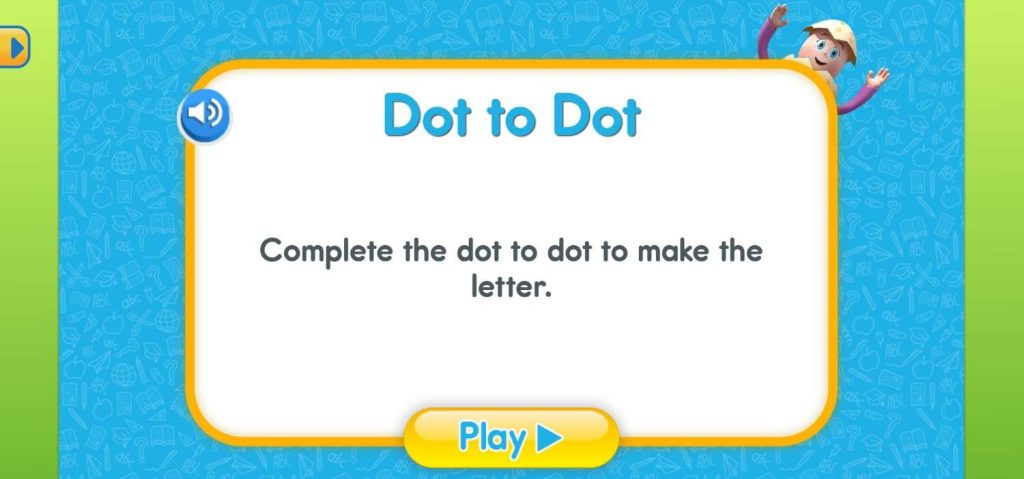
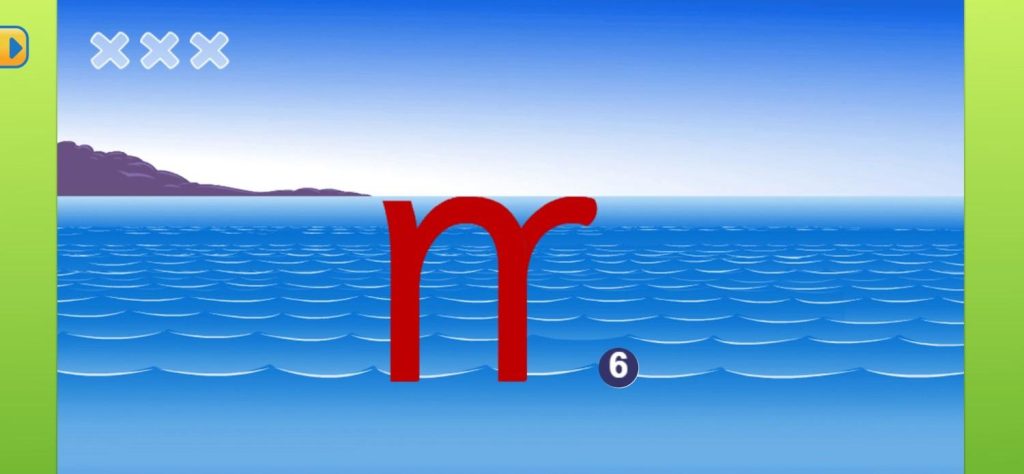
Identifying letters from the grid:
In this letter recognition activity, kids examine a grid filled with various letters. Their task is to identify and name each letter within the grid, honing their ability to recognize and differentiate between different alphabets. This engaging exercise promotes letter familiarity and strengthens early literacy skills in a visually interactive way. 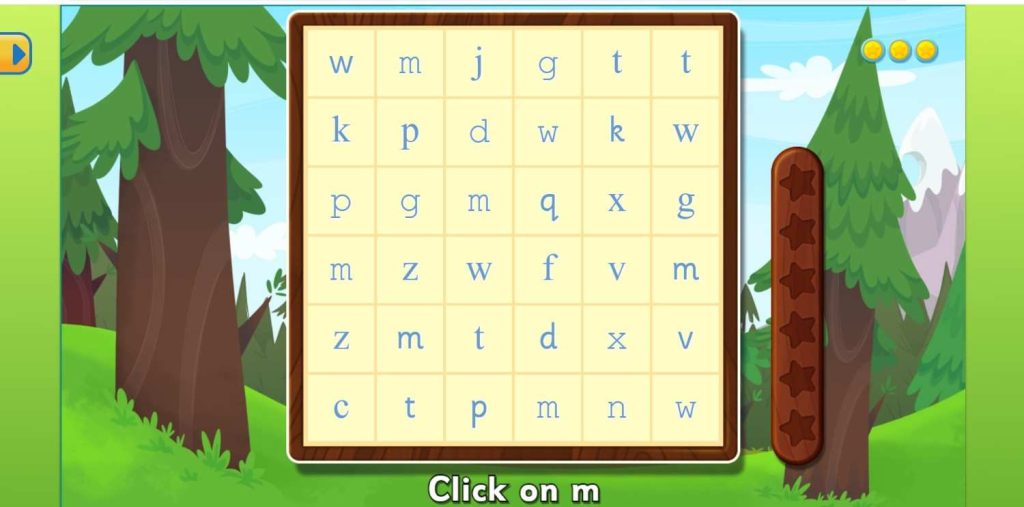
Worksheets for Handwriting:
Handwriting improvement worksheets offer structured exercises for practising letter formation, spacing, and overall legibility. These sheets guide learners through repetitive drills, promoting muscle memory and fine motor skill development essential for better handwriting. Consistent use of such worksheets enhances handwriting proficiency by providing a systematic approach to letter and word formation. 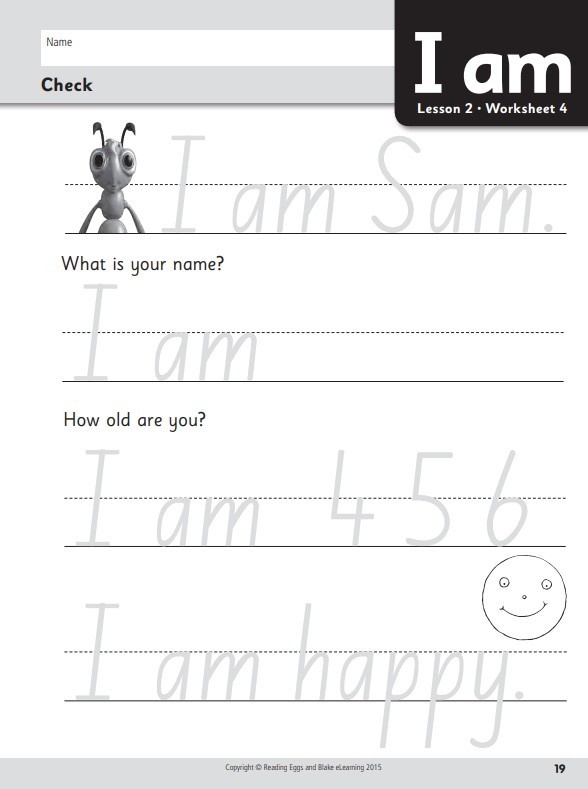
Sight Words Worksheets:
Sight word worksheets focus on reinforcing recognition of high-frequency words through various activities such as tracing, colouring, and using them in sentences. These worksheets aid early readers in memorising and quickly identifying common words, fostering reading fluency. The repetitive exposure to sight words in different contexts supports language development and overall reading proficiency. 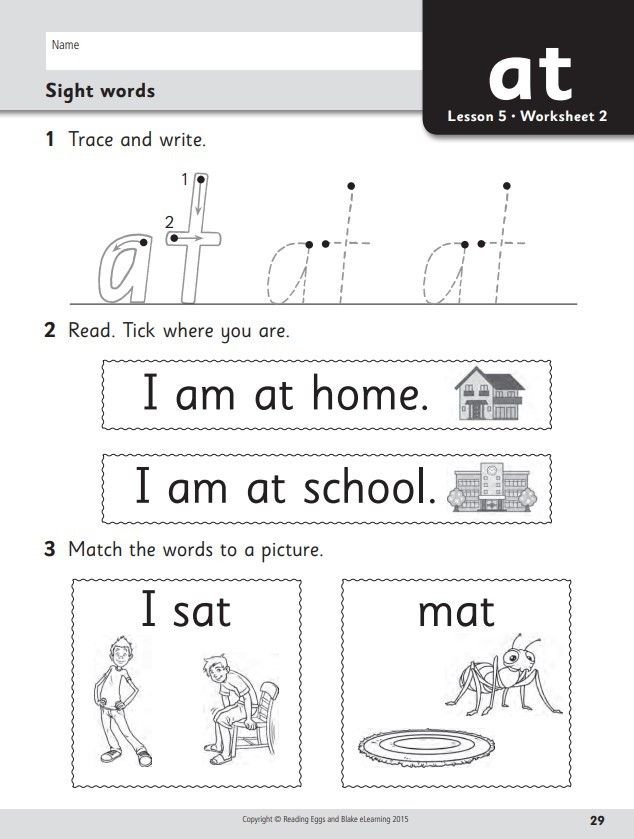
Trace and write worksheets:
These worksheets for kids feature dotted outlines of letters or words, allowing children to trace over them to practise proper formation. These worksheets enhance fine motor skills, hand-eye coordination, and letter recognition as children transition from tracing to independently writing letters or words. The progressive nature of trace and write activities provides a structured approach to developing early writing abilities in an engaging format. 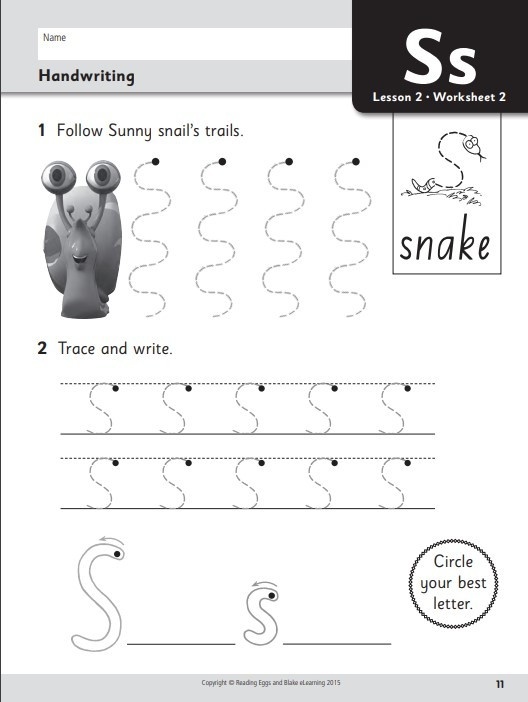 A successful approach involves implementing a variety of activities that cater to each child's developmental needs and Reading Eggs and Mathseeds help you in achieving that. It is important to appreciate the kids for the little steps they take and the small wins they achieve. Ensure that you make the learning journey of your little one fun and enjoyable. And we, with REaMS, would make it rewarding. Reading Eggs and Mathseeds with Ratna Sagar comply with NEP 2020, and is aligned with SAFAL and NIPUN Bharat initiative launched by the Indian government to focus on improving foundational literacy and numeracy skills in children. Reading Eggs and Mathseeds with Ratna Sagar believes in doing their part in the broader effort to enhance the quality of education in India at the primary and elementary school levels.
A successful approach involves implementing a variety of activities that cater to each child's developmental needs and Reading Eggs and Mathseeds help you in achieving that. It is important to appreciate the kids for the little steps they take and the small wins they achieve. Ensure that you make the learning journey of your little one fun and enjoyable. And we, with REaMS, would make it rewarding. Reading Eggs and Mathseeds with Ratna Sagar comply with NEP 2020, and is aligned with SAFAL and NIPUN Bharat initiative launched by the Indian government to focus on improving foundational literacy and numeracy skills in children. Reading Eggs and Mathseeds with Ratna Sagar believes in doing their part in the broader effort to enhance the quality of education in India at the primary and elementary school levels.
